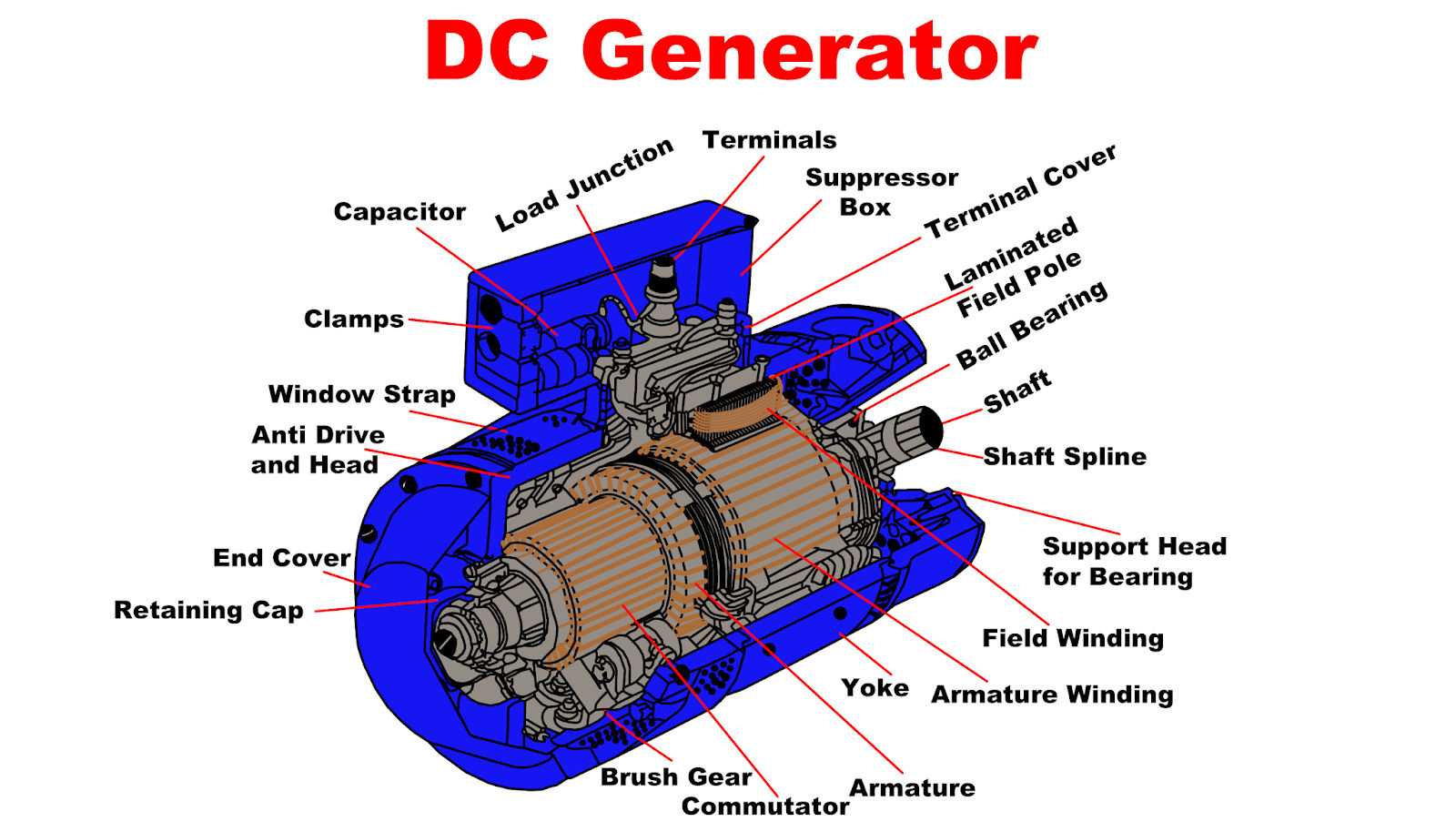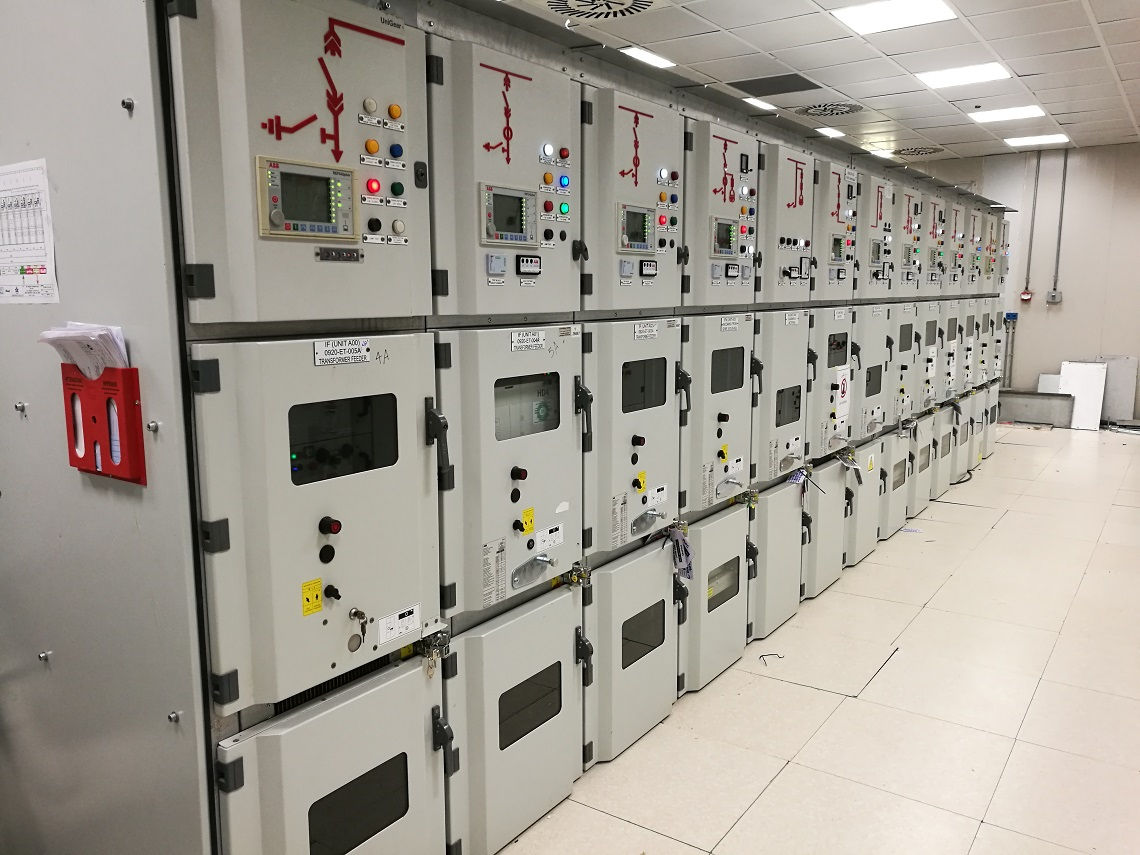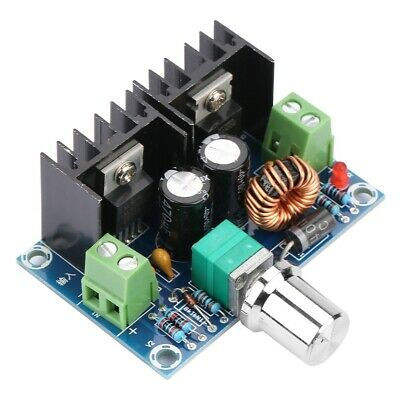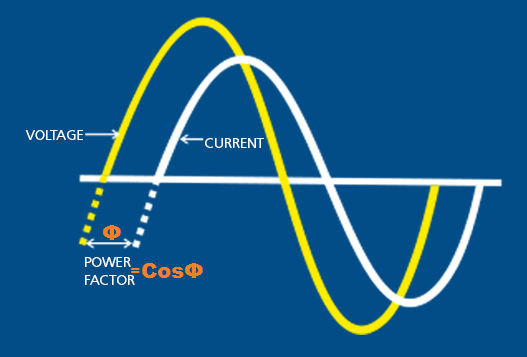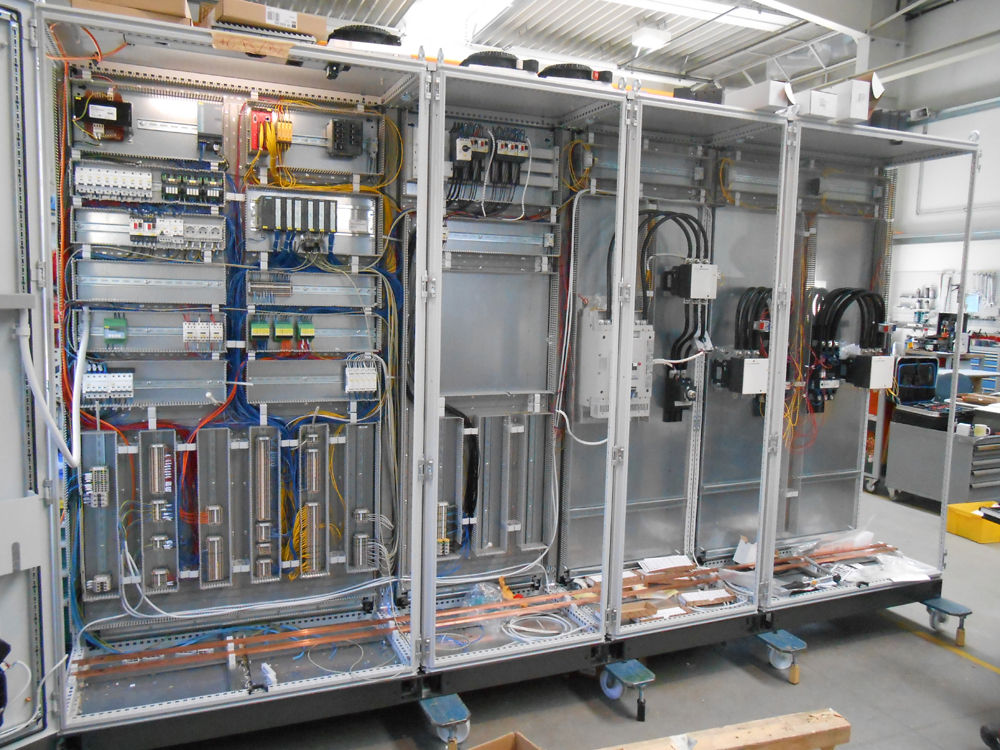Our Blog
INDUCTION MOTOR
INDUCTION MOTOR CONSTRUCTION
An induction motor has the same physical stator as a synchronous machine, with a different rotor construction. It looks (and is) the same as a synchronous machine stator. There are two different types of induction motor rotors which can be placed inside the stator. One is called a cage
Read More...
What is a DC Generator?
A dc generator is an electrical instrument that transforms mechanical energy into electricity. This energy conversion is based on the dynamically induced emf production principle. In electricity generation, a generator is a device that converts motive power (mechanical energy) into electrical power for use in an external ci
Read More...
Delta-Wye Conversion
Delta-Wye transformation is an additional method for the transformation of such resistor configurations that can not be controlled by sequence and parallel equations. This is often referred to as the Pi-T transformation. Such resistor networks cannot be generalized by using the regular series and parallel combinatio
Read More...
Switchgear
The apparatus used to switch, control and protect electrical circuits and equipment is known as switchgear.
In an electrical power system, the switchgear consists of electrical switches, fuses or circuit breakers used to control, protect and isolate electrical equipment. Switchgear is used both to de-energize equipment
Read More...
What is a Transformer?
A transformer is a passive electrical device that transfers electrical energy from one electrical circuit to another or from multiple circuits. A variable current in any one of the transformer coils produces a variable magnetic flux in the core of the transformer, which induces a varying electromotive force across any other
Read More...
Embedded System
As the name implies embedded represents something that is connected to something important. An embedded machine may be thought of as a device hardware machine with applications installed in it. An embedded device can be an isolated machine or it can be part of a wide network. An embedded system is a microcontroller or a microproces
Read More...
Buck Converter
Buck Converter is used in SMPS circuits where the DC output voltage will be smaller than the DC input voltage. The DC data may be extracted from the rectified AC or some DC input. It is helpful when there is no need for electrical insulation between the switching circuit and the output, so if the input is from the rectified AC
Read More...
Power Factor
Power factor (PF) is the ratio of working power, measured in kilowatts (kW) to apparent power, measured in kilovolt amperes (kVA). Apparent power, also known as demand, is the measure of the amount of power used to run machinery and equipment during a certain period. It is found by multiplying (kVA = V x A). The result is expressed as
Read More...
What is a Programming Logic Controller (PLC)?
Programmable Logic Controllers (PLCs) also referred to as programmable controllers, are in the computer family. They are used in commercial and industrial applications.
A PLC monitors inputs makes decisions based on its program and controls outputs to automate a process or machine.
An industrial digi
Read More...
What is a PCB?
PCB physically supports and electrically links electrical or electronic components using conductive loops, pads and other features etched from one or more layers of copper laminated on and/or within sheet layers of a non-conductive substrate. Components are usually soldered to the PCB to be electrically bound and physically linked t
Read More...


